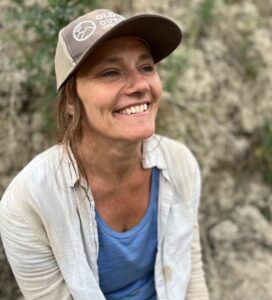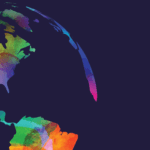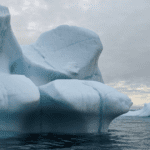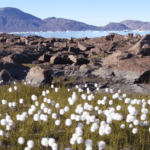The 2022 recipients of the Geological Association of Canada (GAC) national medals are incredible researchers and practitioners making their mark in geoscience.
The Canadian Journal of Earth Sciences, principal journal of the GAC, congratulates:
- Dr. Brendan Murphy, tectonism philosopher and recipient of the Logan Medal and VIP Career Achievement Award
- Dr. Britta Jensen, volcanic ash expert and recipient of the W.W. Hutchison Medal
- Mika McKinnon, science communication specialist and recipient of the E.R. Ward Neale Medal
In this post, Drs. Murphy and Jensen answer the question: What is an opportunity or challenge that the geoscience community can take action on?
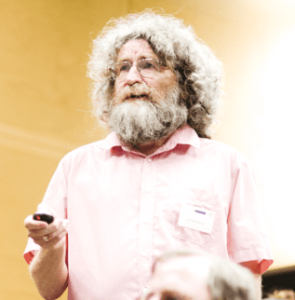 Dr. Brendan Murphy | Logan Medal, VIP Career Achievement Award
Dr. Brendan Murphy | Logan Medal, VIP Career Achievement Award
Dr. Brendan Murphy has spent some time thinking about the evolution of Earth. The Co-Editor-in-Chief of the Canadian Journal Earth Sciences shares why studying Earth’s “spheres” is needed to distinguish natural global change from human-induced change. Today’s geoscience community can take action to help future generations use this knowledge for responsible management of Earth’s resources.


